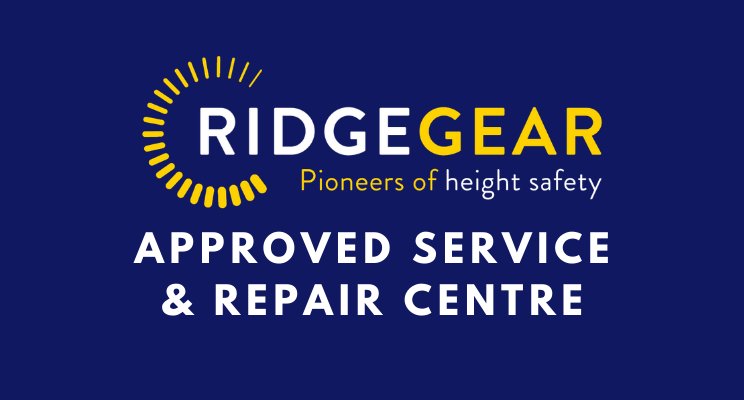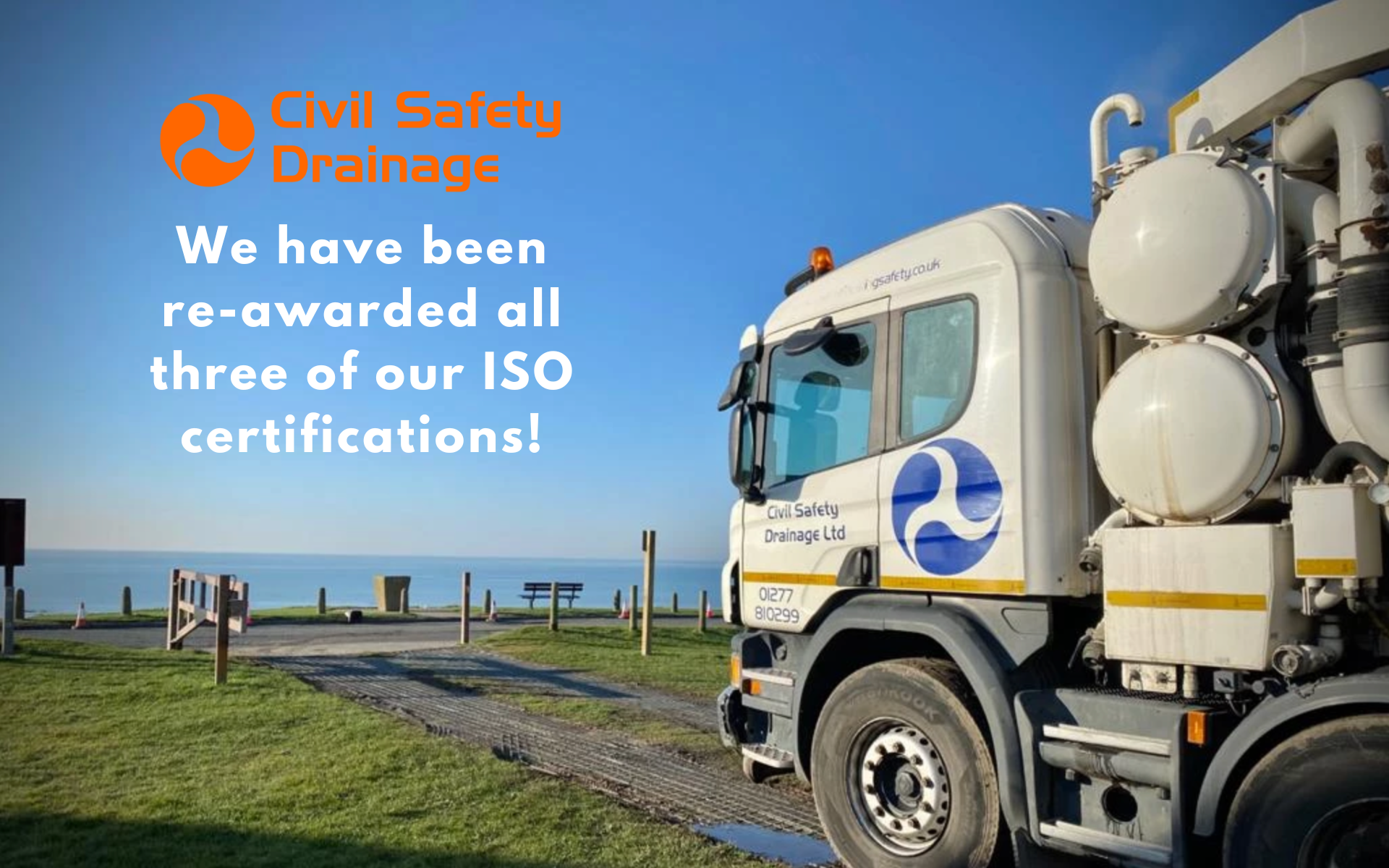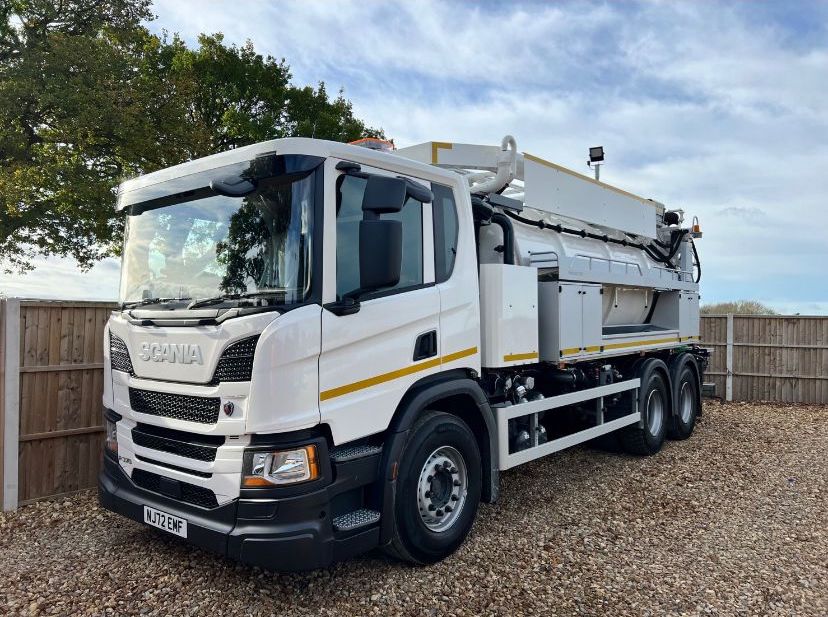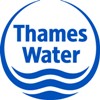How To Spot And Prevent Heat Stress
Heat stress, when the body’s means of controlling its internal temperature starts to fail, is a serious concern for workers across a wide range of industries, and particularly for those working in confined spaces. Heat stress doesn’t just affect those working outside, but also those working inside or underground such as in mines, compressed air tunnels, nuclear power stations and boiler rooms. In this blog we take a look at the hazards posed by heat and how you can take steps to prevent the onset of heat-related stress and illnesses. As we specialise in confined space safety solutions, this blog focusses on inside and confined space heat stress but it is still important to be aware that inside heat is different from outside heat, as we detail below.
Sources of Heat
| Inside and Confined Spaces |
Inside heat is most likely to be radiant heat coming from equipment like boilers or ovens. There is less air flow indoors, and in confined spaces, and so their enclosed nature can increase the risk of heat stress, heat stroke or collapse. And while dangerous in any environment, heat stress is particularly dangerous in confined spaces due to the added difficulty of rescuing people from a confined space. |
| Outside |
Heat faced by outdoor workers is most likely to be from the sun and its UV rays. The rays, heat and humidity can’t be alleviated by adjusting air conditioning or heating, however, it can be managed by creating shade and covering the skin. |
| UV Light |
While ultraviolet light will mostly affect outdoor workers, welders using specialised lamps or welding arcs will also be at risk of UV exposure. Welders should wear specialise PPE equipment to protect themselves – see our blog on this topic here. |
Reducing the Risk of Heat Stress
Inside and Confined Space Work Environments
While work in hot environments is often hard to avoid, there are a number of ways that employers can mitigate the risks of heat stress and ensure the work environment is comfortable enough to prevent employees becoming ill from too much heat. Where there is such a risk, a full risk assessment must be carried out prior to the work, considering factors such as work rate, climate, clothing and PPE, worker’s age, build and medical factors. Then, to reduce the risk of heat stress there are a variety of measures you, as the employer, can take. We share some of the most widely used below:
- Increase ventilation to the workspace and allow for or bring in air from outside
- Use fans to maintain constant airflow
- If possible, reduce the temperature of or isolate the radiant heat source
- Shield workers from radiant heat sources
- Insulate or cover hot surfaces to reduce radiant heat
- Use air conditioning to maintain comfortable temperatures
- Limit exposure times for each worker by creating work/rest schedules
- Provide plenty of water to keep workers hydrated – ideally ensuring that workers drink before and after each work period
- Unless specific PPE is needed, provide breathable or sweat-wicking clothing
- Allow workers to acclimatise to the heat. Over time our bodies can adapt to hot conditions so gradually increasing exposure to hot work environments over 7 to 14 days is often necessary for new workers or those returning from some time off
- Create a buddy system and train workers to identify the first signs of heat stress
- Provide frequent rest breaks away from the heat
Using all or a mix of these solutions will greatly reduce the risk of employees experiencing heat stress, or worse, heat stroke. And while employers should take care to treat employees fairly, in hot work environments it is important to be aware that workers will experience heat in different ways. Those with heart, lung or kidney diseases, diabetes or those on certain medications are more likely to experience heat stress and this should be taken into account in your risk assessment.
Signs and Symptoms of Heat Stress
While you can make every effort to reduce the risk of workers experiencing heat stress, it’s still a possibility in hot environments and so knowing the signs and symptoms to watch out for is important. Workers and managers should be properly trained in how to recognise early symptoms of heat stress in themselves and their colleagues and qualified first aiders should be on site.
Signs of heat stress to watch out for include:
- Excessive sweating
- Absence of sweat (this could indicate the onset of heat stroke)
- Increased heart rate – to monitor this it’s a good idea to take each workers’ ‘normal’ pulse and then check it after periods of work. A rapid or weakening heartbeat could indicate heat exhaustion while a pounding beat could indicate heat stroke
- Muscle cramps
- Shallow breathing
- Cool, pale, clammy skin
- Weakness, fatigue, or dizziness
- Fainting
- Headache and nausea
- High body temperature – a body temperature above 38°C is a concern while above 40°C is life-threatening. Consider carrying out routine temperature checks at break times
If a worker is experiencing any of these symptoms the best course of action is to take them to a safe, cooler place, remove any unnecessary clothing and PPE, and give them plenty of water. If their symptoms don’t improve and you suspect heatstroke (a body temperature above 40°C) this should be treated as a medical emergency as it can be life threatening. Seek immediate medical help.
While this blog just scratches the surface of how to spot and prevent heat stress, we hope you find it helpful. At Civil Safety Training & Rescue we’re dedicated to helping employers and employees make workplaces as safe as possible through proper training, rescue support, and safety equipment. If you need support with confined space training, rescue teams for dangerous situations or the purchase and servicing of your safety equipment then call us today.
Civil Safety Training & Rescue
Training: 01480 220611
Rescue: 01480 220615
Service, Sales & Hire: 01480 220613




















